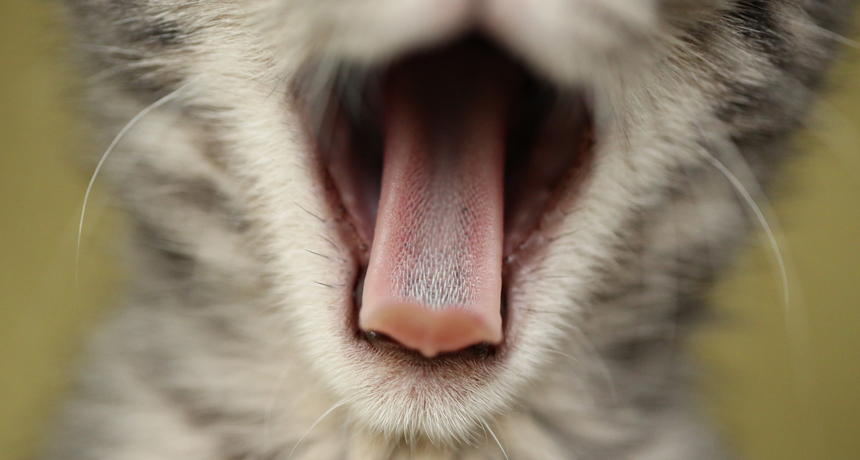birds Warm-blooded animals with wings that first showed up during the time of the dinosaurs. Birds are jacketed in feathers and produce young from the eggs they deposit in some sort of nest. Most birds fly, but throughout history there have been the occasional species that don’t.
cell The smallest structural and functional unit of an organism. Typically too small to see with the unaided eye, it consists of a watery fluid surrounded by a membrane or wall. Depending on their size, animals are made of anywhere from thousands to trillions of cells. Most organisms, such as yeasts, molds, bacteria and some algae, are composed of only one cell.
environment The sum of all of the things that exist around some organism or the process and the condition those things create. Environment may refer to the weather and ecosystem in which some animal lives, or, perhaps, the temperature and humidity (or even the placement of things in the vicinity of an item of interest).
mammal A warm-blooded animal distinguished by the possession of hair or fur, the secretion of milk by females for feeding their young, and (typically) the bearing of live young.
papillae (sing. papilla) In biology, these are small round projections, or protuberances, from a surface. They range from pimples on the skin to bumps at the root of a hair or feather. The best known are those bumps on the tongue that host taste buds.
sea An ocean (or region that is part of an ocean). Unlike lakes and streams, seawater — or ocean water — is salty.
taste One of the basic properties the body uses to sense its environment, especially foods, using receptors (taste buds) on the tongue (and some other organs).
taste buds A collection of 50 to 100 or so taste receptors. They’re found on the tongues of land animals. When certain chemicals in food or other materials trigger a response in these receptors, the brain detects one or more of five types of tastes —sweet, sour, salty, bitter or umami. A collection of 50 to 100 or so taste receptors. They’re found on the tongues of land animals. When certain chemicals in food or other materials trigger a response in these receptors, the brain detects one or more flavors — sweet, sour, salty, bitter or umami.

